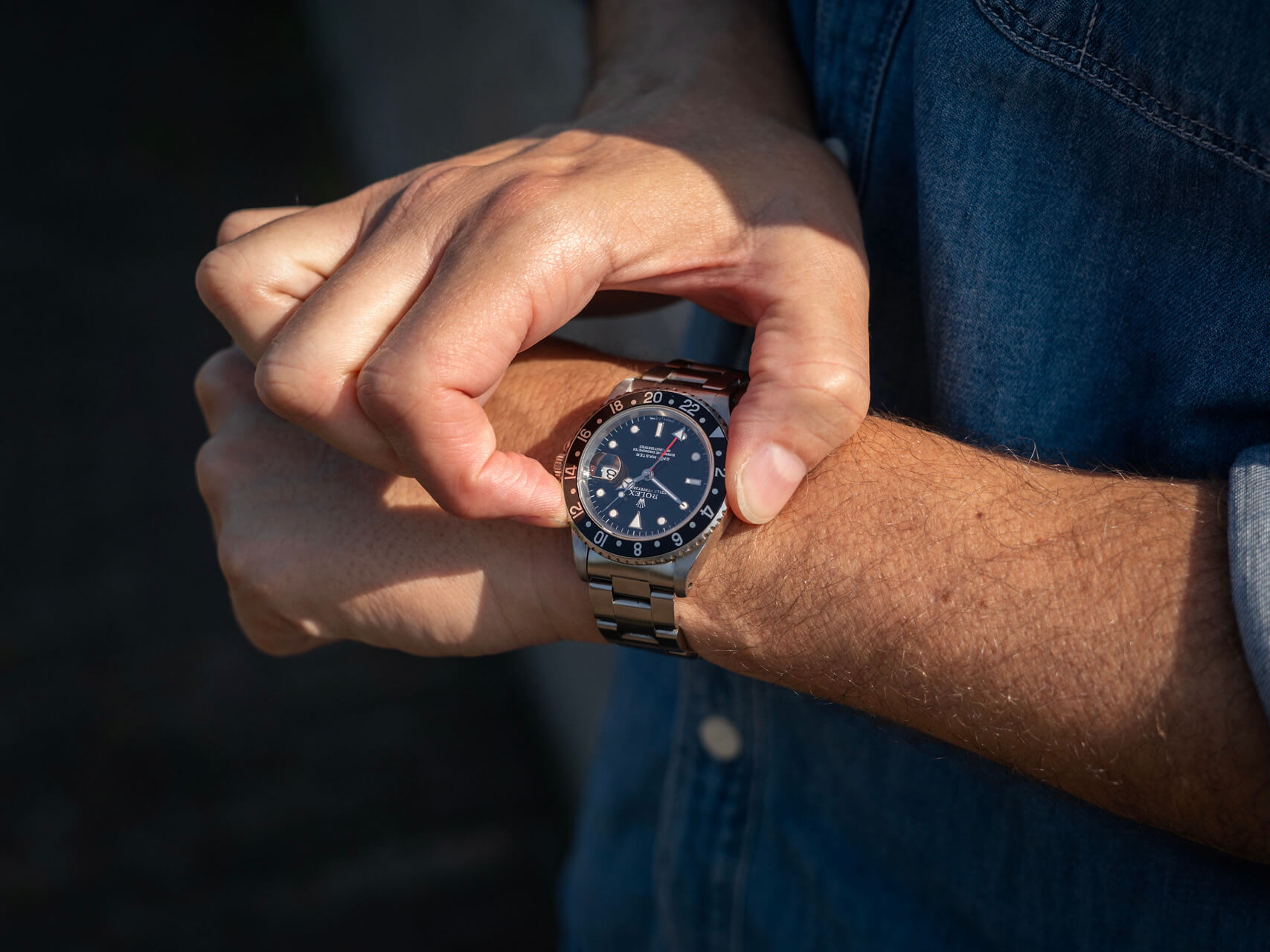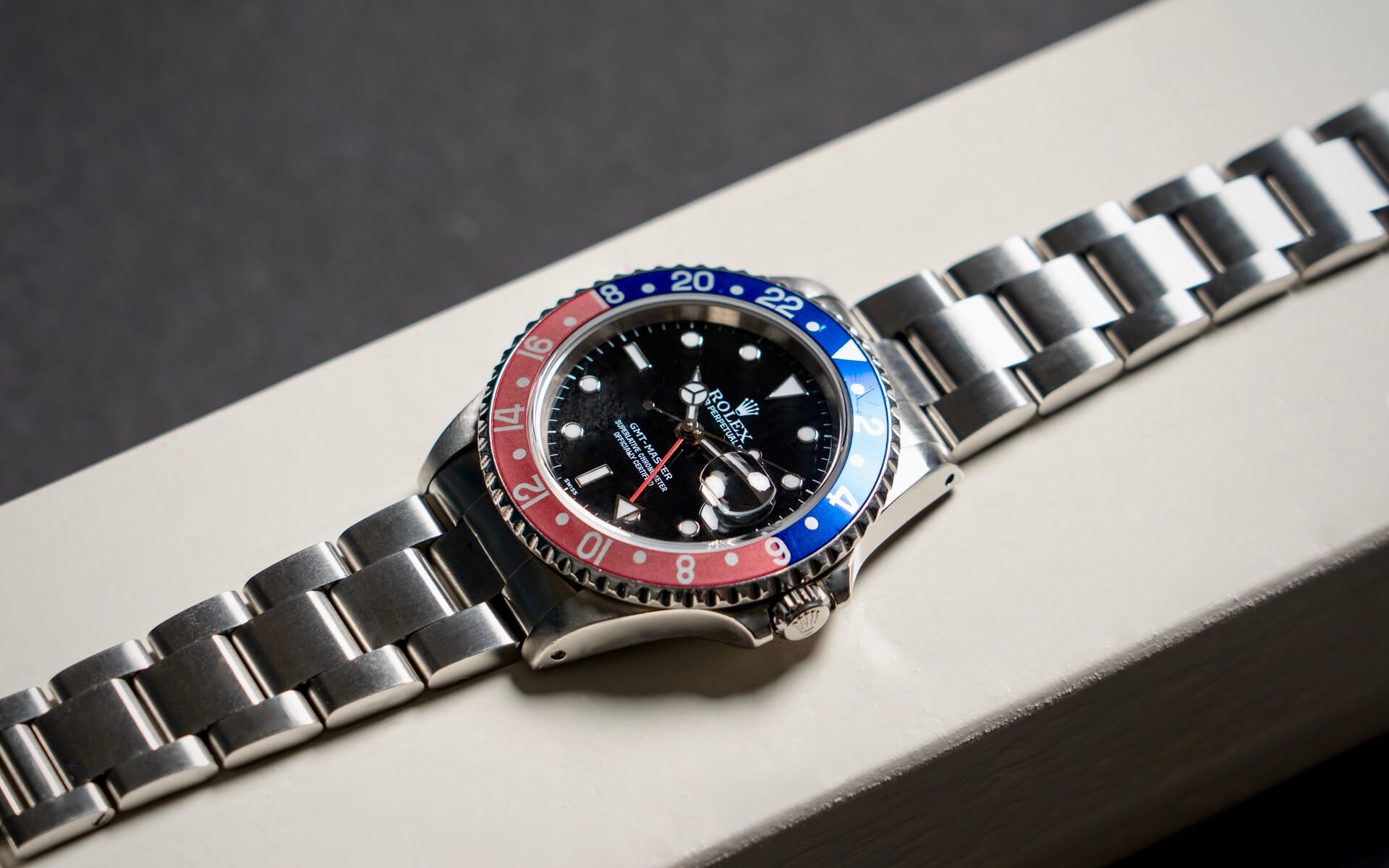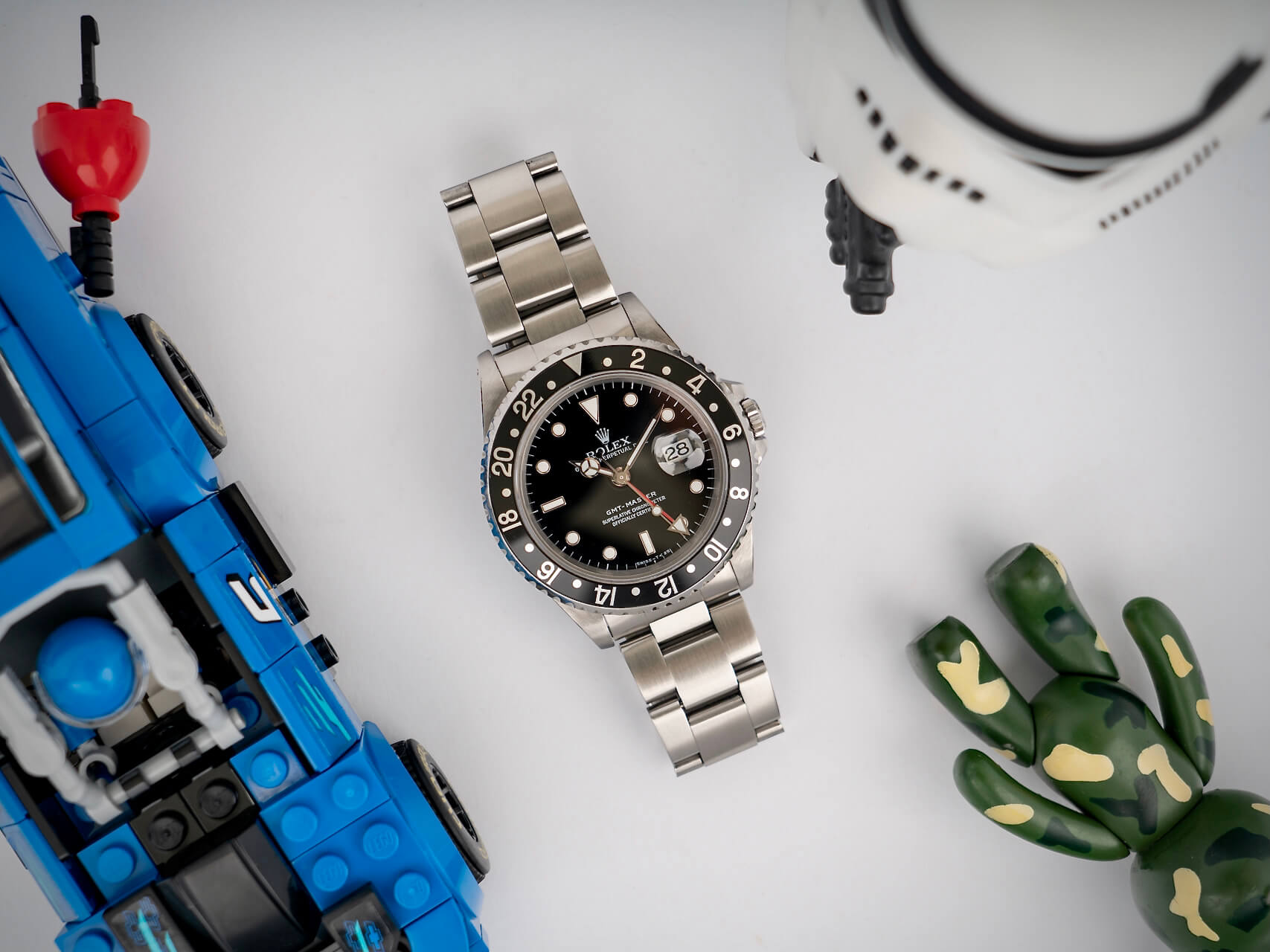Rolex GMT-Master Ref.16700; The Last Of The Mohicans

Within the history of Rolex, the GMT-Master Ref.16700 holds a unique place but doesn’t always get the credit for it. This model was introduced in 1988 with a lineage that goes back to the iconic Ref.6542, the first GMT-Master that Rolex made especially for Pan Am Airlines. Unfortunately, the GMT-Master Ref.16700 is often seen as the less expensive sibling of the GMT-Master II Ref.16710. The latter was the first of a new generation of GMT-Masters, hence the II at the end, that came with an independent hour-hand, earning it the reputation of being more sophisticated.

Rolex GMT-Master Ref.16700 with Pepsi-bezel
While this may be the case, the GMT-Master Ref.16700 is the last of its kind and has quite a few features to offer that make it very desirable in its own right. While some may prefer the functionality of the GMT-Master II, caliber 3175 that powers the GMT-Master Ref.16700 is historically more connected to the original GMT-Master, which also featured a fixed hand to display the second time zone. In practice, this also works very conveniently as it serves as an AM/PM indicator when the triangle on the bezel and on the dial lined up. If you want to display another time zone, simply turn the bezel, and you are good to go. The date function is quick-set, while the hacking seconds allow you to set the time as precise as possible.

The screw-down crown helps ensuring it is water-resistant up to 100-meters/10 ATM
These were not the only improvements that the Ref.16700 had to offer, as this was also the first (and last) time that Rolex fitted the GMT-Master with applied white gold hour markers and a sapphire crystal. At the same time, some old-school features, like the holes in the lugs to change the bracelet, were maintained. Another feature that is being more and more appreciated is the aluminum bezel insert, which gives the watch a unique appearance. For the GMT-Master Ref.16700, it was available in all-black for a more understated look or in the traditional blue/red version, also known as the Pepsi-bezel.

Rolex GMT-Master Ref.16700 with its understated black bezel
Rolex made the GMT-Master Ref.16700 from 1988 to 1999, when it ended the GMT-Master era. During that time, the production of luminous material changed from tritium to Super-LumiNova around 1997. While both have their pros and cons, we will remain a sucker for the beautiful aging that tritium often shows after a decade or two of use. Rolex offered the GMT-Master Ref.16700 on both the Jubilee as well as the Oyster-bracelet, with the latter being the most popular option. Earlier models are recognizable by featuring the regular clasp, as starting around 1989/90 Rolex replaced this with the Oysterlock clasp, with the Oyster bracelet with diver’s extension as a premium option. With a water resistance of up to 100 meters/10 ATM, this is not so strange. Unless you are a professional diver, and need/prefer the added water resistance of a Submariner (and diving bezel), the GMT-Master Ref.16700 offers you the convenience of a second time zone.
In today’s world, the GMT-Master Ref.16700 is an often overlooked option for people looking for a Rolex with neo-vintage vibes. It is the last of the original GMT-Masters with the added benefit of sapphire crystal, quick-set date, 100-meter water resistance, and hacking seconds while maintaining some of its predecessors’ tempting details. In that light, it is the best of both worlds in many ways.